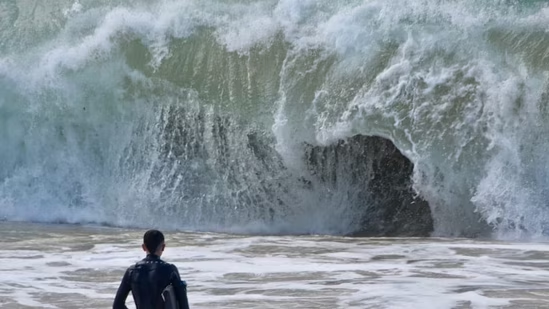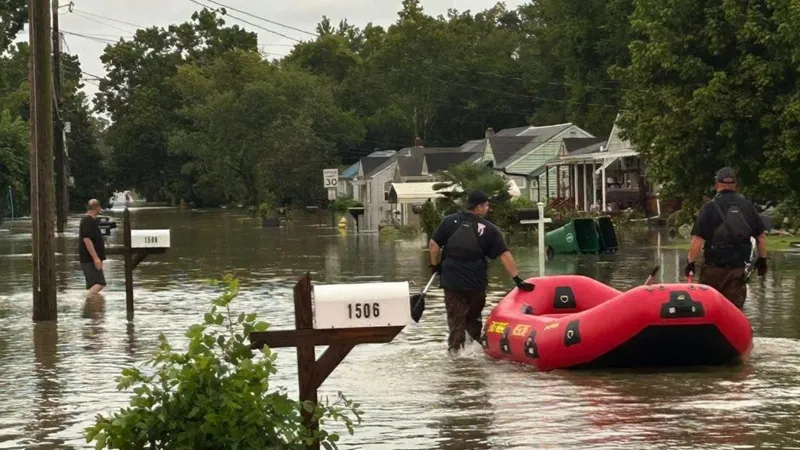Northern Oregon, Southern Washington, and Northern California face highest risk from Cascadia mega-tsunami

Northern Oregon, southern Washington, and northern California identified as the U.S. regions most at risk from a Cascadia mega-tsunami.
A new study from Virginia Tech has revealed that some regions of the U.S. Pacific Northwest would be especially vulnerable if the Cascadia Subduction Zone (CSZ) triggers a massive earthquake and tsunami. Researchers warn that northern Oregon, southern Washington, and northern California would face the brunt of the flooding, with the potential for catastrophic damage to lives, property, and infrastructure.
Areas of Greatest Concern
Communities across northern Oregon, including coastal towns such as Seaside and Astoria, sit directly in the path of potential tsunami waves. In southern Washington, low-lying towns such as Long Beach and parts of Pacific County could be devastated within minutes of a rupture. Northern California’s coastal communities, including Crescent City and Eureka, are also considered highly exposed due to their location along the subduction zone and limited evacuation routes.
Although Alaska and Hawaii face their own tsunami threats, the study emphasized that their distance from the Cascadia fault reduces their immediate vulnerability to this specific scenario. The Pacific Northwest coastline, by contrast, lies directly above the fault line, making it ground zero for the most destructive impacts.
READ ALSO
Cascadia mega-tsunami threat: Millions at risk along US Pacific Coast — all to know
Cascadia mega-tsunami: What Americans in the Pacific Northwest need to know
Scale of Potential Destruction
According to the Virginia Tech research team, a Cascadia mega-tsunami could demolish more than 170,000 buildings across these regions. The human cost could be devastating, with over 30,000 lives potentially lost if communities are not prepared. The economic toll is projected at more than $81 billion, with long-term consequences for housing, transportation, and coastal industries.
Why These Regions Are So Vulnerable
The geography of these coastal zones leaves little time for escape. In many locations, tsunami waves could reach shore in less than half an hour after the earthquake, offering residents a narrow window to evacuate. Compounding the threat, parts of the coastline could permanently sink by several feet during the quake, worsening the depth and reach of incoming waves.
Preparing for the Worst
The study reinforces calls from emergency planners in Oregon, Washington, and California for better evacuation routes, early-warning systems, and resilient infrastructure. Community drills, vertical evacuation towers, and public awareness campaigns are seen as vital tools to reduce the loss of life when—not if—the Cascadia Subduction Zone ruptures again.


